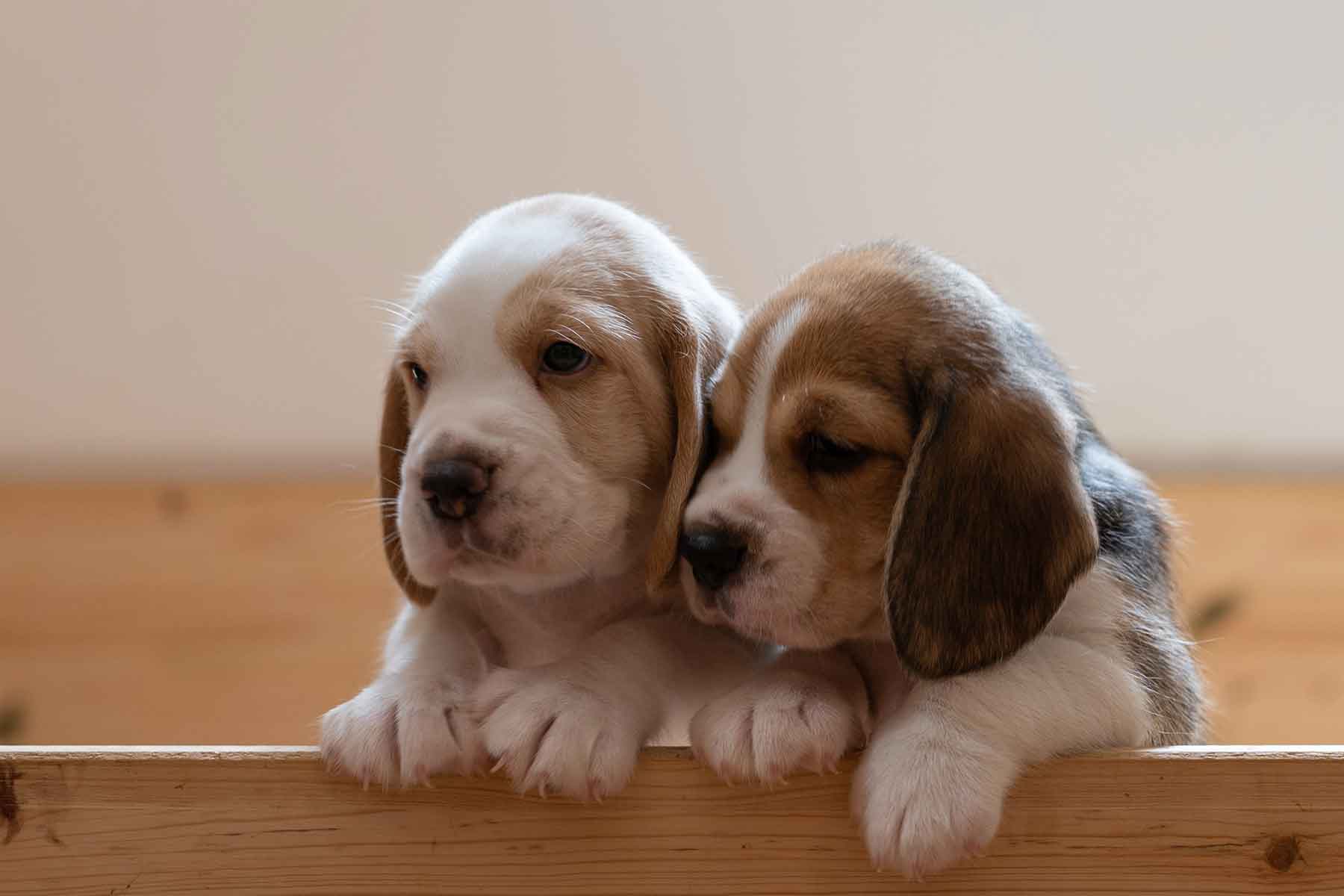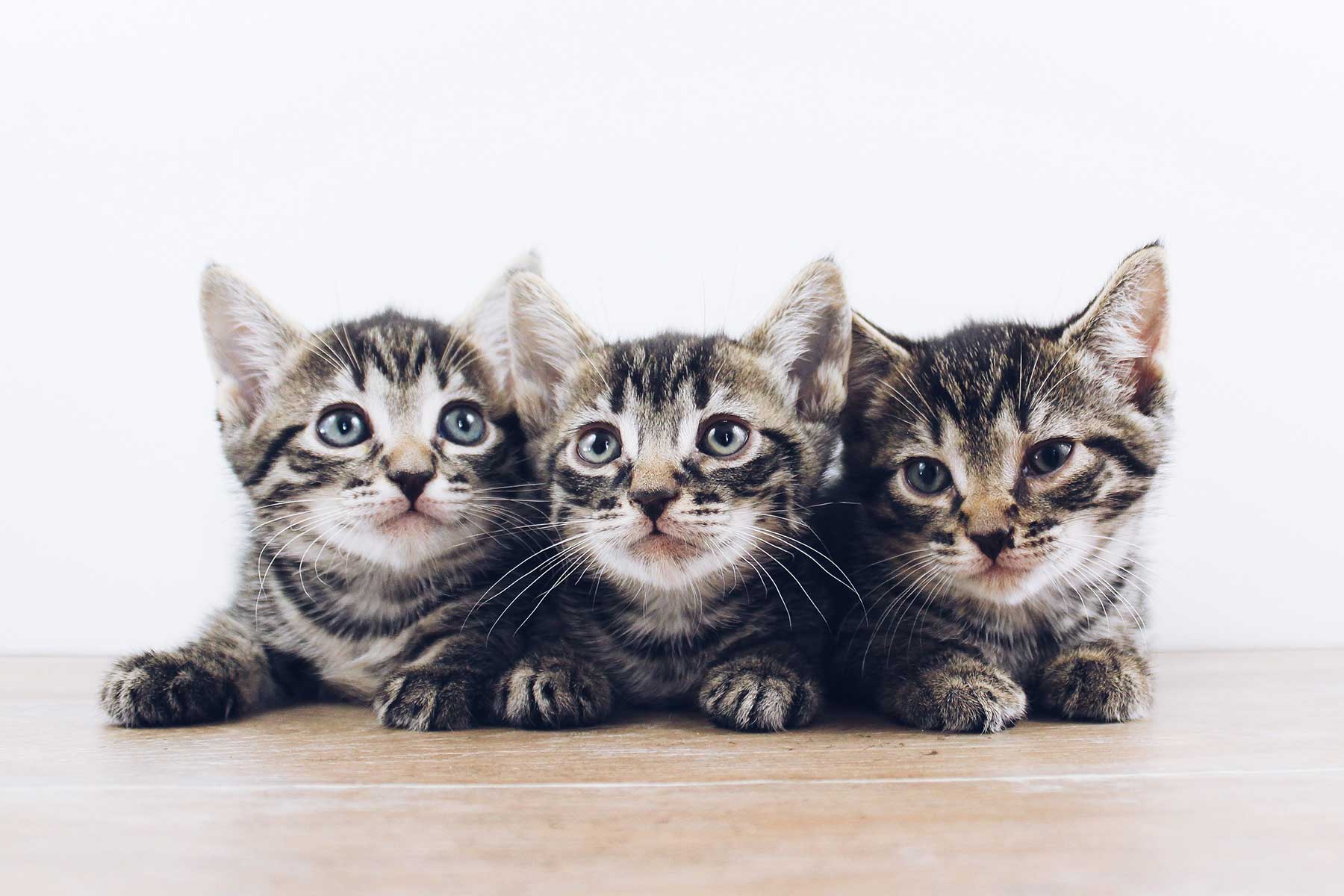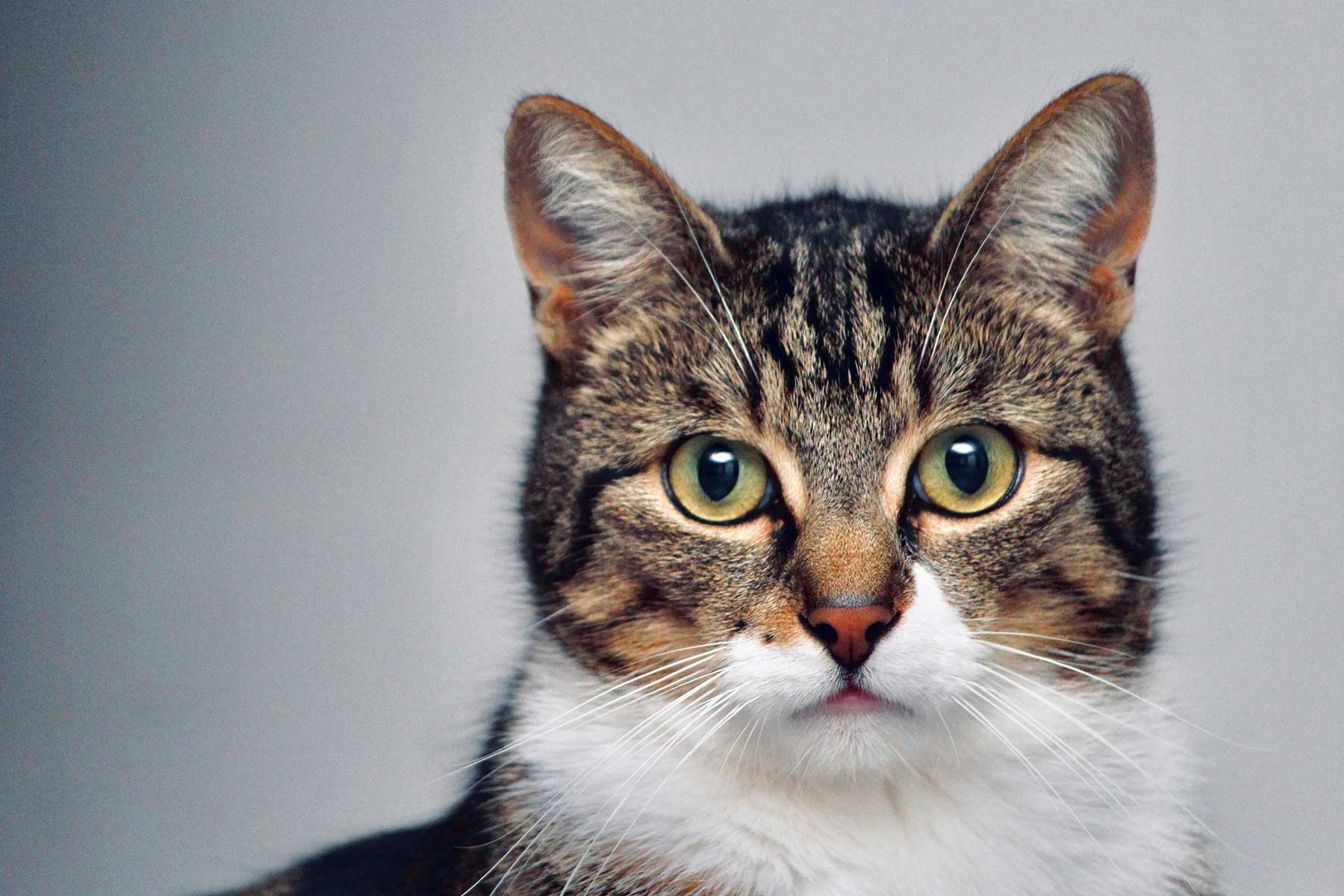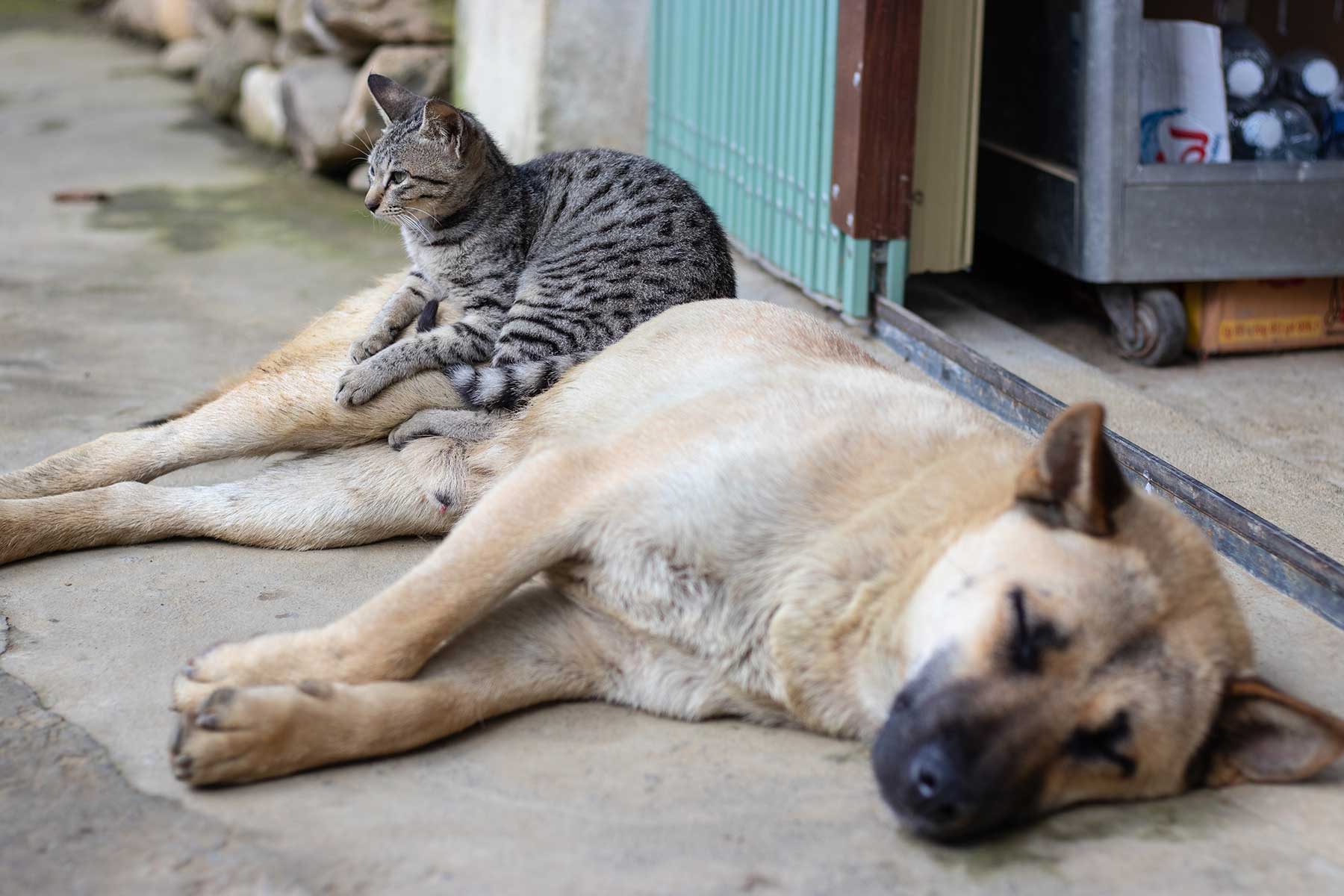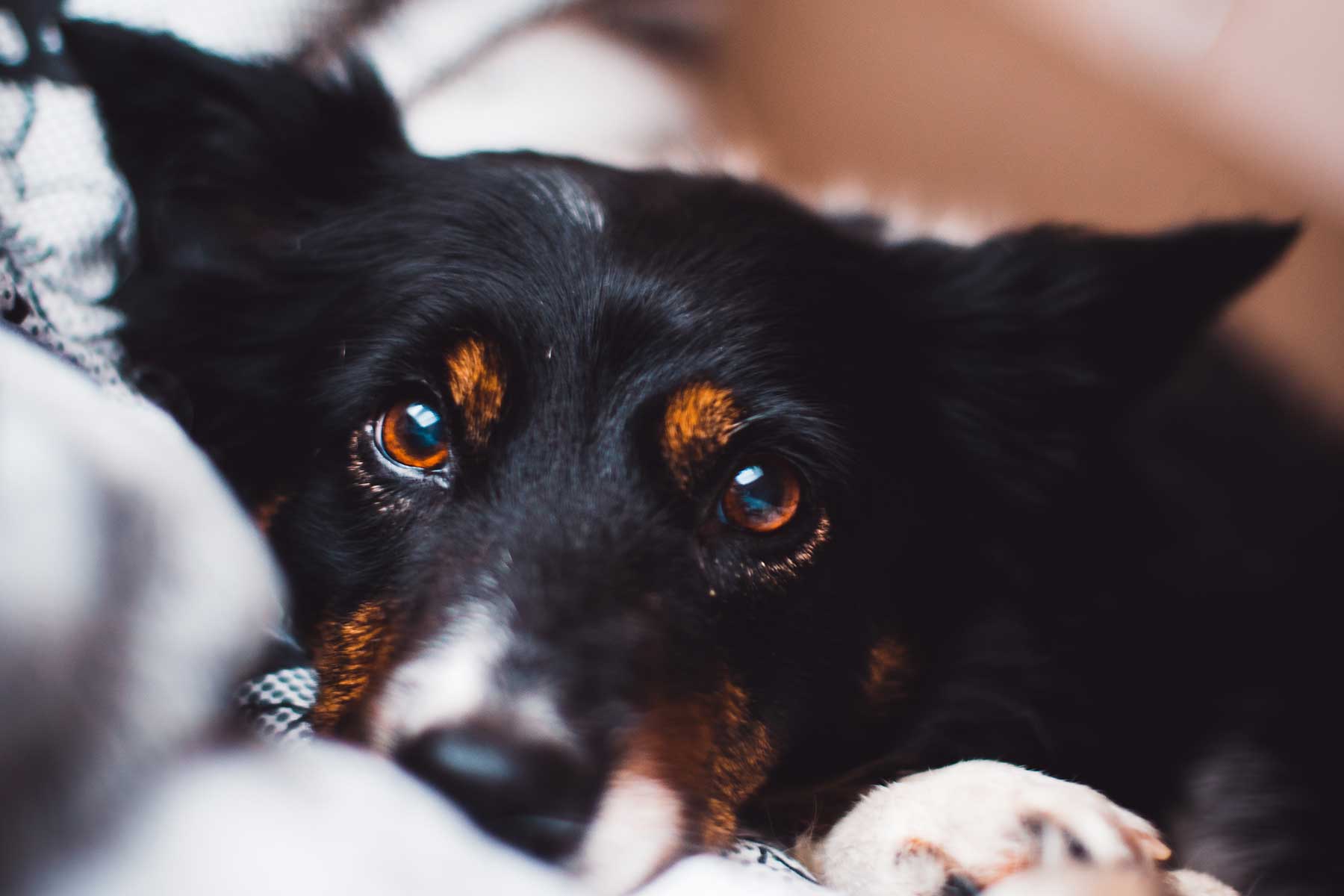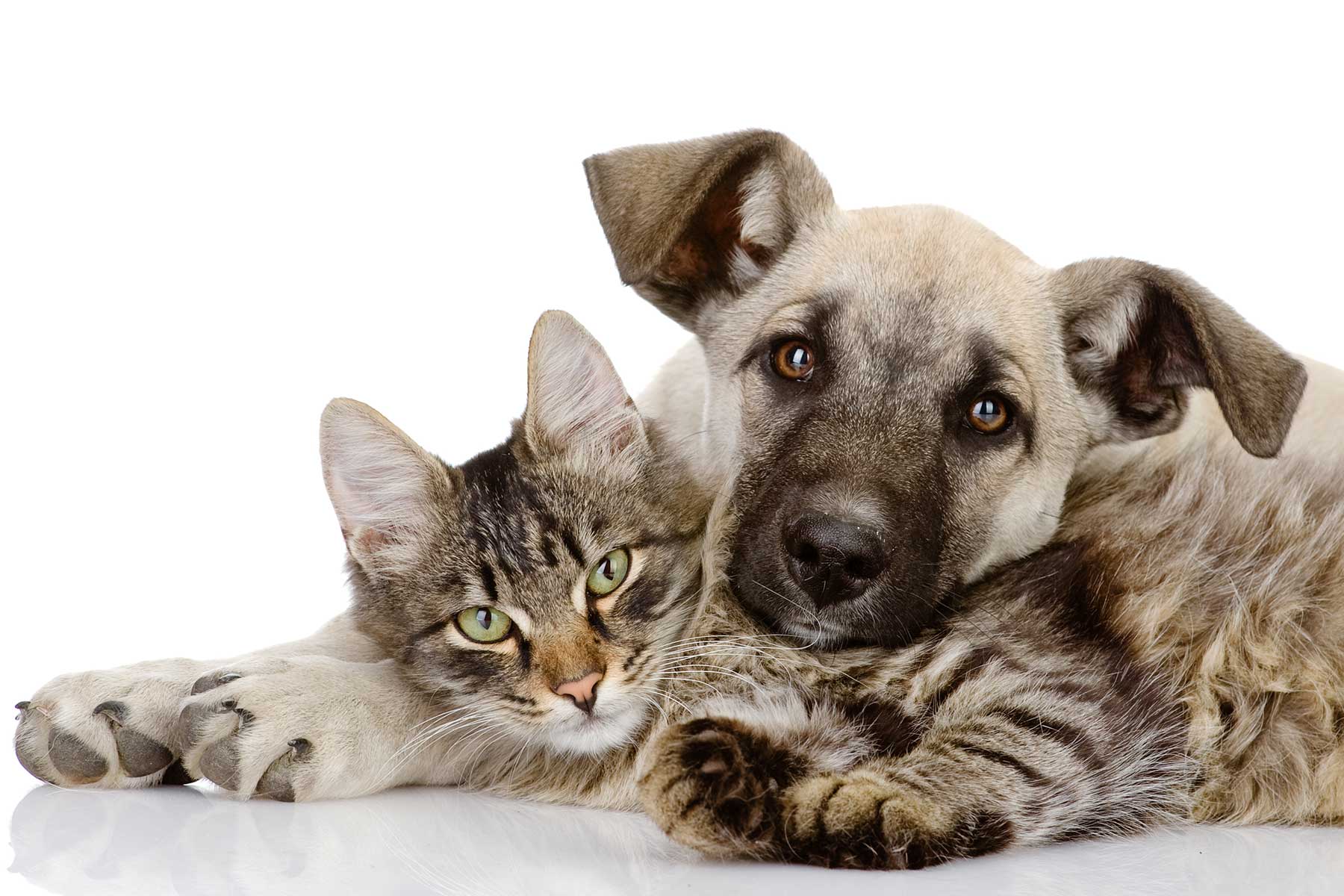Best known of the various sled dog breeds and for their wolf like appearance, the Siberian Husky was bred by the Chukchi people from northeast Asia. Later on they were imported into Alaska and Northern America by sled racing enthusiasts in the early 1900’s. In 1925 a diphtheria epidemic struck the city of Nome, Alaska and dog teams were used to urgently transport life-saving serum. The heroic dogs later traveled to America on a personal appearance tour where the delightful personality of the breed won the hearts of sportsmen who established the breed in the USA. Siberian Huskies were used as sled dogs on the Byrd Antarctic Expeditions, and also in the USA Army’s Search and Rescue Unit during World War II.
In terms of appearance the Husky is a well built medium sized dog with long legs and a coat of medium length. They are graceful in action with erect ears and a brush tail, the impression of a Siberian Husky is one of power, speed and endurance.
Temperament
The Siberian Husky is a naturally friendly and gentle dog but has an independent nature and a natural desire to roam which makes it necessary to have them under control at all times. Also making well structured fencing is a prerequisite for owning this breed. Huskies can develop dominance strategies which should be managed from day one with regular training and social interaction.
Lifespan
Approximately 12 years
Grooming and care
The outer coat is straight and weather-resistant and is supported by a dense undercoat. Many coat colours and markings are present in the Siberian Husky, including striking patterns not found in other breeds. An attractive feature of the Siberian Husky is the eyes which are almond shaped and may be brown, blue, one of each or parti-coloured with a keen and mischievous expression.
The winter coat is shed in large quantities so daily brushing during this time is essential. At other times, thorough brushing every few days will keep the coat neat and tidy.
Exercise
The Huskies heritage as an endurance sled dog makes routine and daily exercise essential. For this reason the most appropriate Husky owners are those that are active and willing to commit to a regular routine. Without exercise the Husky will be destructive and become a nuisance. Most breeders encourage new Husky owners to undertake a training program from puppyhood.
Health Concerns
For the latest research in breed-related problems in Siberian Huskies visit the University of Sydney’s website.

